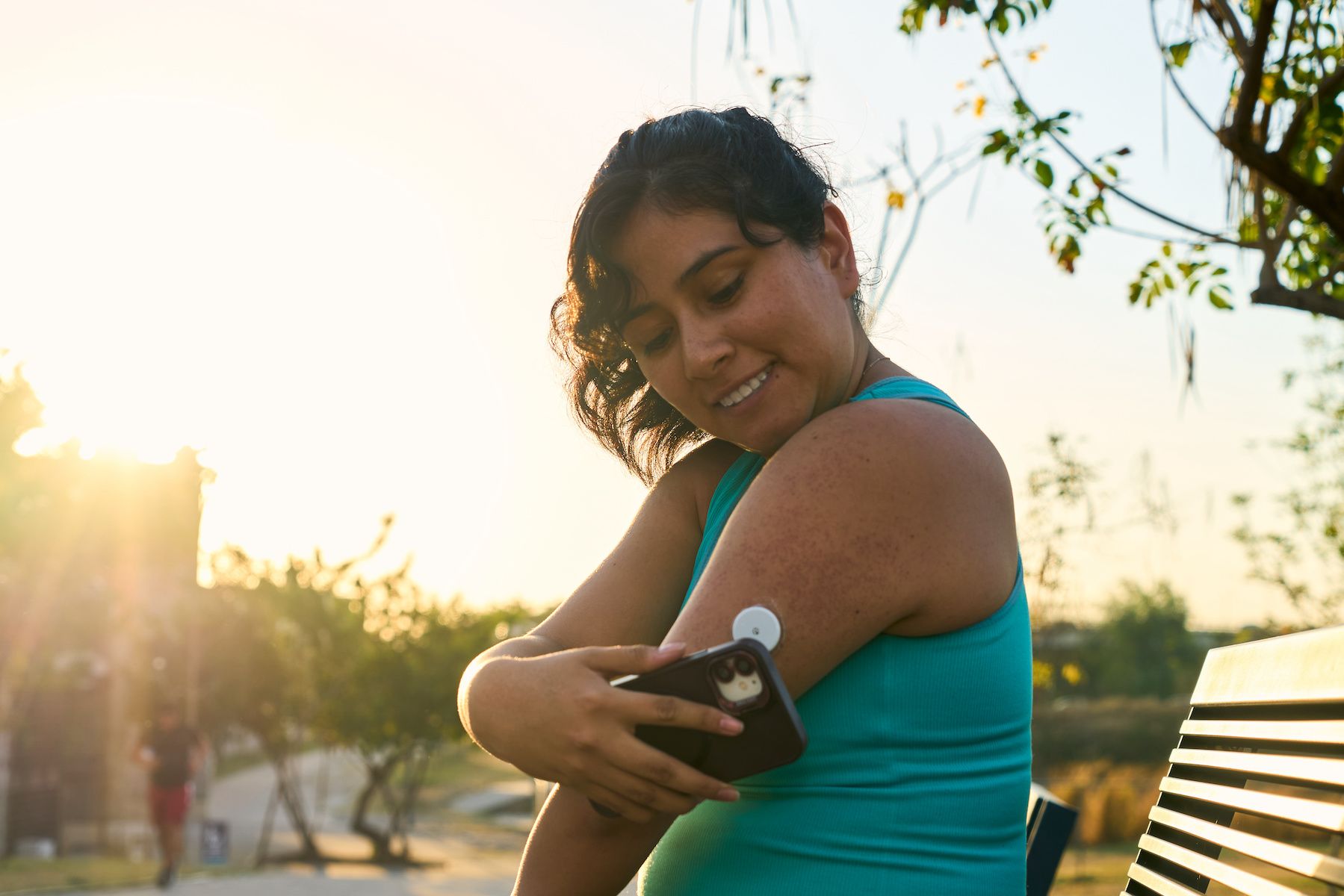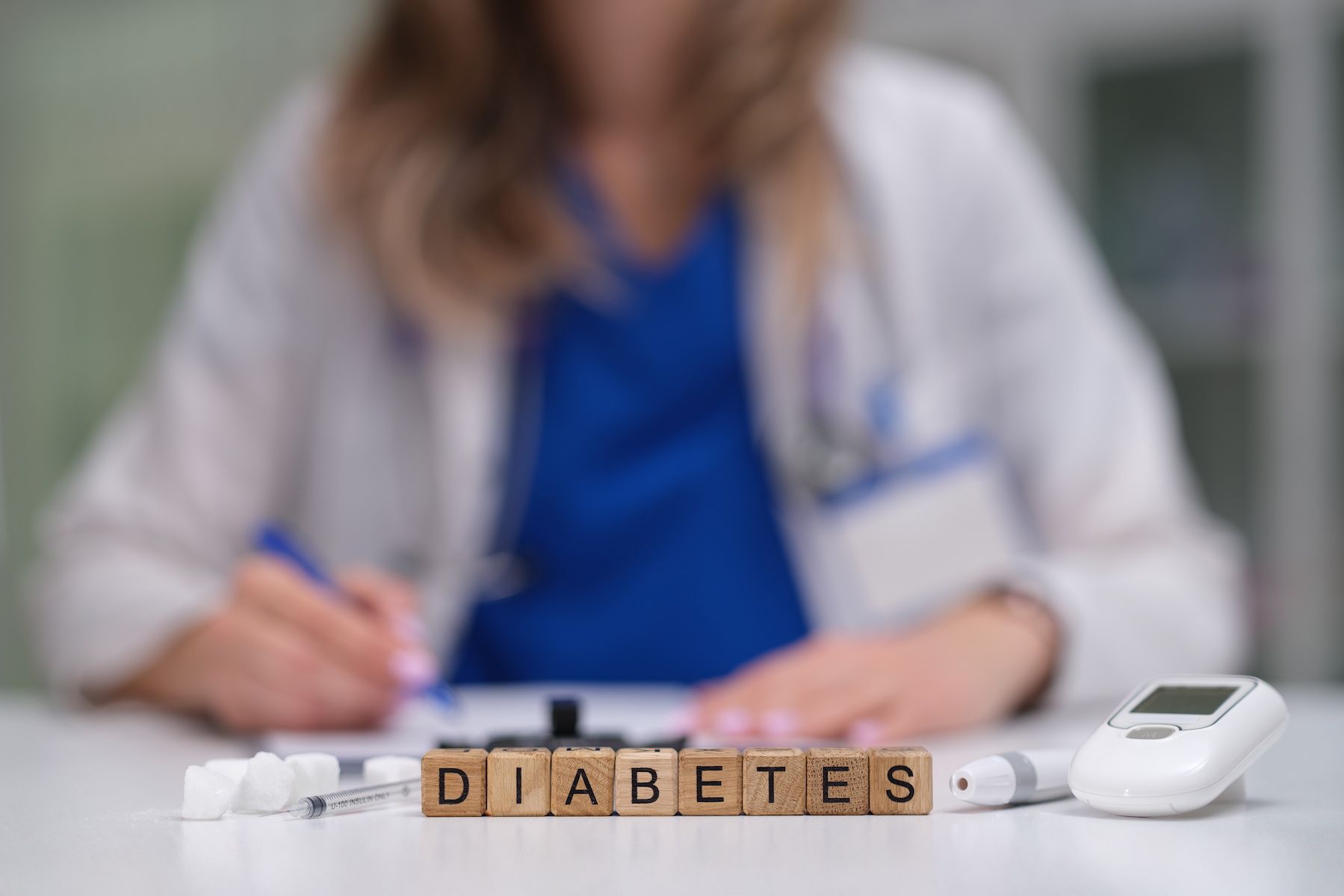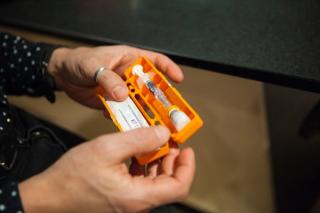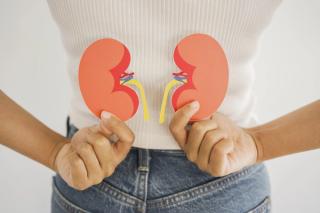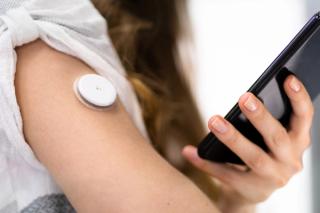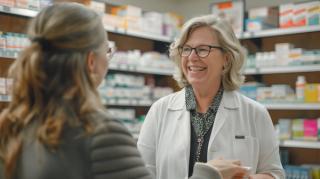
Diabetes
Latest News

Latest Videos

CME Content
More News

Researchers explored the effectiveness of telephonic insulin titration by a clinical pharmacist compared with in-office titration among patients in a medical residency clinic.

Efsitora demonstrates noninferior reductions in hemoglobin A1c and similar rates in patients with an A1c level less than 7% compared with common daily insulin.
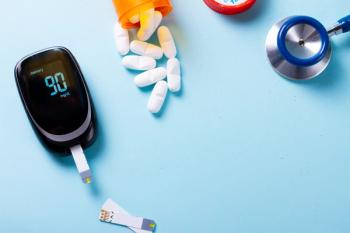
Investigators also report that sodium-glucose cotransporter 2 inhibitors are not associated with thrombotic risk.

Following his presentation at the American Diabetes Association’s 85th Scientific Sessions, Jon Easter caught up with Drug Topics to discuss the pharmacists’ role in diabetes management.
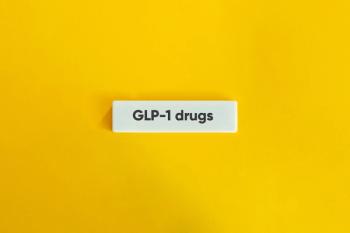
Researchers explored patients with type 1 diabetes and overweight or obesity to understand the efficacy and safety of GLP-1s as adjunctive therapies.

In a recap of his presentation at the American Diabetes Association’s 85th Scientific Sessions, Jon Easter, RPh, discussed the role of pharmacists in team-based diabetes care.
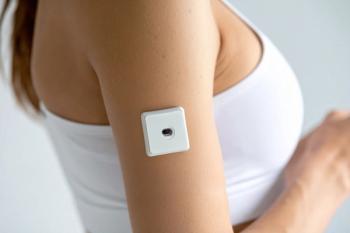
In an abstract presented at the American Diabetes Association 85th Scientific Sessions, researchers tested the effectiveness of an AI-driven program for improving glycemic control.

Jon Easter, RPh, discusses pharmacists’ ability to improve patient engagement in diabetes care following his presentation at the American Diabetes Association’s 85th Scientific Sessions.

Jon Easter, RPh, joined Drug Topics to discuss pharmacists’ roles within health care teams following his presentation at the American Diabetes Association’s 85th Scientific Sessions.

Clinical pharmacists transform diabetes care by leveraging manufacturer-sponsored patient assistance programs to dramatically improve medication access.
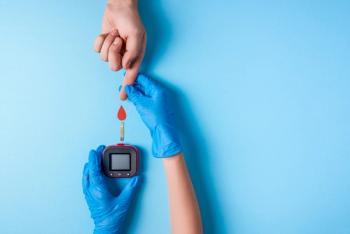
An ambulatory care pharmacist program in Washington State dramatically improved diabetes management by reducing A1c levels, increasing medication adherence, and providing comprehensive patient education.
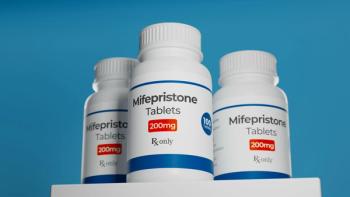
Results from the CATALYST trial showed patients who received mifepristone had a mean HbA1c reduction of 1.47%,

Nathan Ramsbacher, PharmD, emphasizes that one of the most significant barriers to clinical quality is patients' inability to access crucial medications due to cost.

From 2019 to 2024, GLP-1 prescriptions among pediatric patients with type 2 diabetes increased from 12.3% to 60.9%.
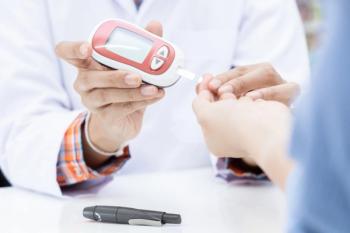
The most frequent barriers to access to glucagon include cost, patient health literacy, and insurance coverage.
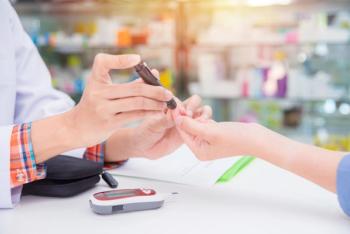
The initiative focuses on managing medications for high-risk diabetes patients through a collaborative drug therapy agreement.

Researchers presented an abstract describing current racial disparities in CGM access and wear time to better inform quality improvement efforts.
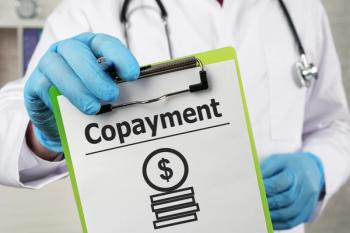
Researchers explored the impact of a $0 copay program on hemoglobin A1c levels in patients with type 2 diabetes who were also insured by Blue Cross and Blue Shield of Louisiana.
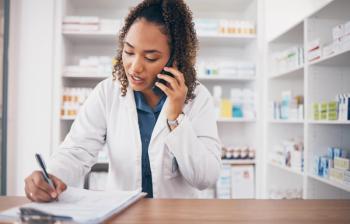
Data presented at ADA 2025 showed patients who received outreach from a clinical pharmacist were more likely to be prescribed safer diabetes regimens.

When compared with adults 45 years and older, those 18 to 44 years are less likely to receive treatment or achieve target goals for cardiometabolic risk factors.
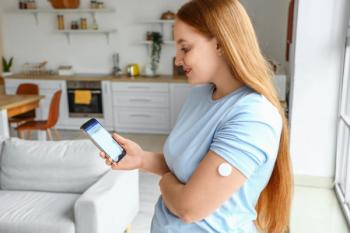
Investigators assessed continuous glucose monitoring with behavioral intervention for patients with type 1 diabetes.
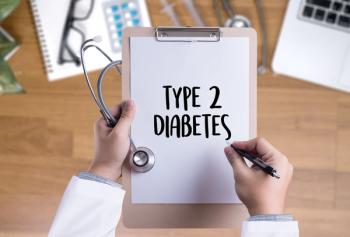
Data presented at ADA’s 85th Scientific Sessions showed patients who received physician education with clinical pharmacist outreach had significantly better A1c levels at 6 months compared to usual care.
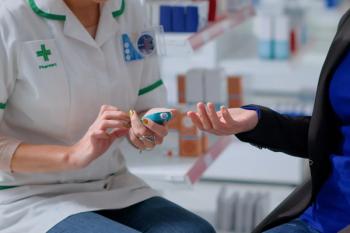
Abstract researchers explored whether or not a pharmacist could serve as the lead of a diabetes coaching program, aiming to reduce medical expenditures and A1C levels for at-risk patients.

The drug could also reduce chronic kidney disease when combined with insulin therapy.
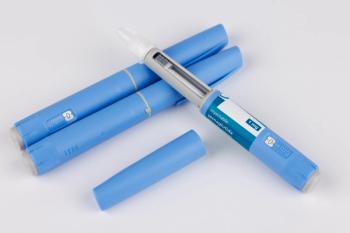
Real-world effectiveness data showed semaglutide reduced the risk of major kidney disease events by 26%.

